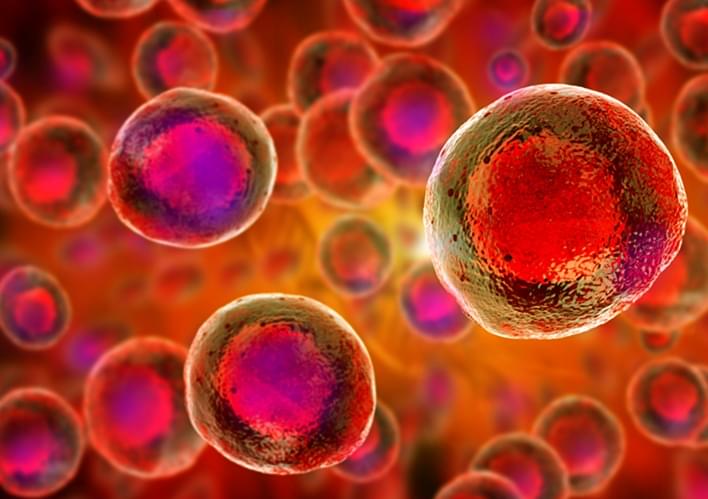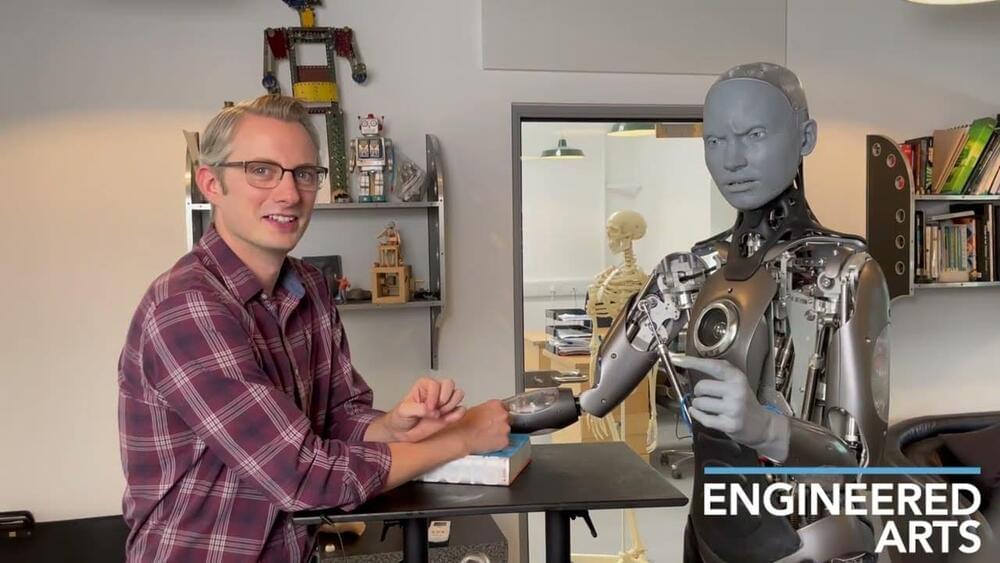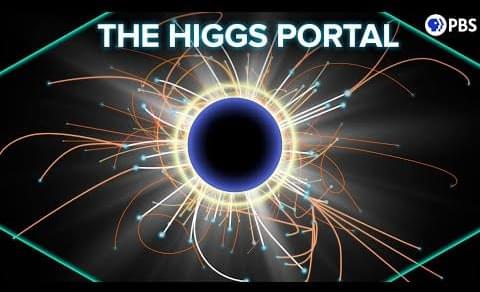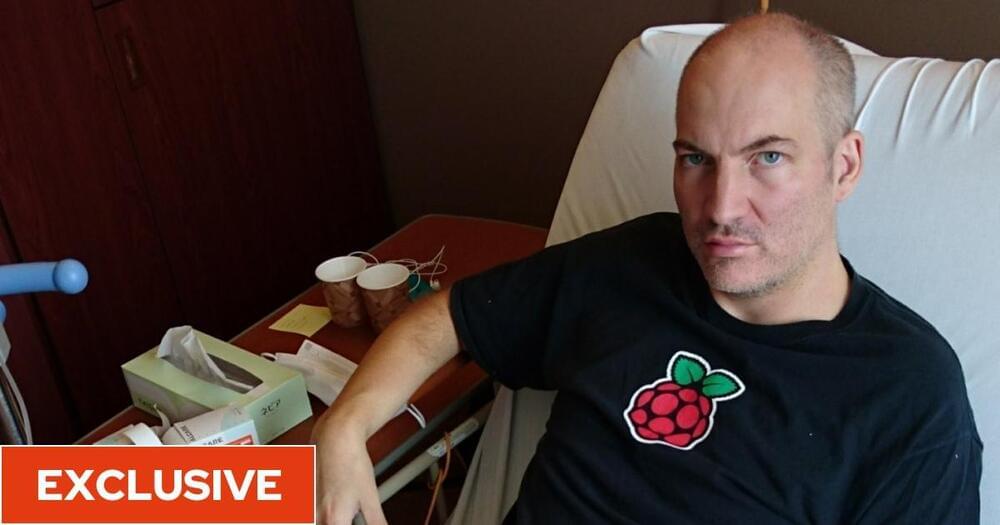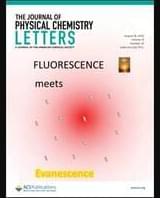Go to https://nordvpn.com/isaacarthur to get a 2-year plan plus 4 additional months with a HUGE discount. It’s risk-free with Nord’s 30-day money-back guarantee!
Kardashev Civilizations are beyond immense, with even the first tier of them making any modern nation look miniscule, and there are many barriers to becoming one.
Megastructures Book: https://artofsoulburn.gumroad.com/l/qnntu.
Visit our Website: http://www.isaacarthur.net.
Support us on Patreon: https://www.patreon.com/IsaacArthur.
Support us on Subscribestar: https://www.subscribestar.com/isaac-arthur.
Facebook Group: https://www.facebook.com/groups/1583992725237264/
Reddit: https://www.reddit.com/r/IsaacArthur/
Twitter: https://twitter.com/Isaac_A_Arthur on Twitter and RT our future content.
SFIA Discord Server: https://discord.gg/53GAShE
Listen or Download the audio of this episode from Soundcloud: Episode’s Audio-only version: https://soundcloud.com/isaac-arthur-148927746/barriers-to-be…vilization.
Episode’s Narration-only version: https://soundcloud.com/isaac-arthur-148927746/barriers-to-be…ation-only.
Credits:
Barriers To Becoming A Kardashev Civilization.
Science & Futurism with Isaac Arthur.
Episode 360, September 15, 2022
Produced & Narrated by Isaac Arthur.
Written by:
Isaac Arthur.
Editors:



